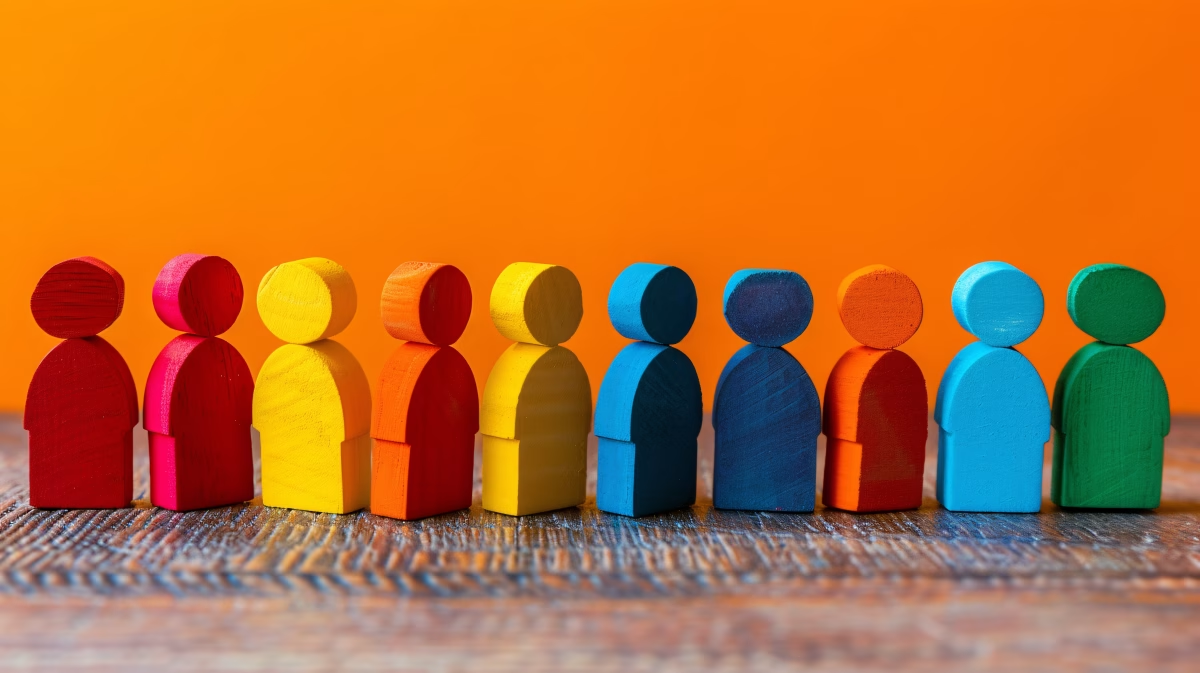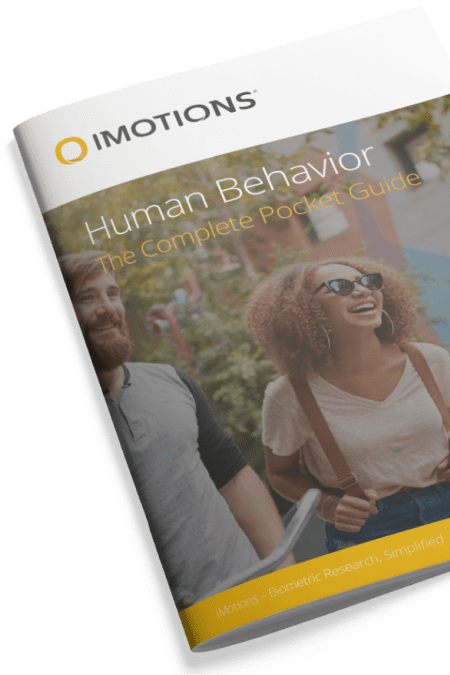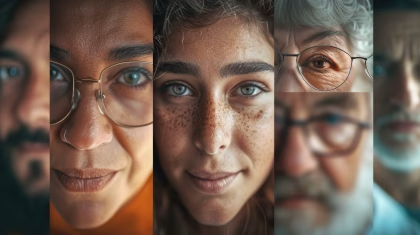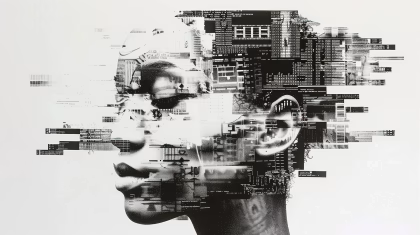What is Behavior in Humans? Learn the ins and outs in this comprehensive, science-backed guide covering psychology, types, examples, and real-life applications.
Table of Contents
- Introduction
- What is Behavior – Understanding The Basics
- Major Types of Human Behavior
- What is Behavior – The Psychology Behind It
- What is Behavior in Real-World Settings
- How Human Behavior Is Studied
- Environmental and Cultural Influences on Human Behavior
- Improving Human Behavior
- What is Behavior in the Digital Age
- FAQs About Human Behavior
- Conclusion
- Free 52-page Human Behavior Guide
Introduction
Human behavior isn’t just about what we do, it’s how we think, respond, connect, and navigate the world around us. It shapes our relationships, influences how we learn and lead, and drives the way we communicate and function in society. In short: behavior is the heartbeat of psychology.
However, what looks like a simple action on the outside is often powered by a surprisingly complex mix of biology, environment, emotions, thought patterns, and past experiences.
This updated guide breaks behavior down in a clear and approachable way, no jargon walls, no fluff. You’ll explore the science behind why we act the way we do, the different types of behaviors we see in everyday life, and how all of it plays out across home, work, and culture. Whether you’re researching behavior for a project or just curious about what makes people tick, you’re in the right place.

What is Behavior – Understanding The Basics
The Scientific Definition of Human Behavior
Human behavior refers to any observable action a person performs. This includes physical movements, spoken words, facial expressions, habits, and social interactions. The key word is observable, because everything in behavioral science depends on what can be seen and measured.
How Behavior Differs From Thoughts and Emotions
Thoughts and emotions happen inside the mind—they are internal processes.
Behavior is the outward expression of those internal states. For example:
- Feeling worried (emotion)
- Thinking about what could go wrong (thought)
- Avoiding a conversation (behavior)
This distinction helps psychologists study what people do, not just what they think or feel.
Why Human Behavior Must Be Observable
If an action can be observed, it can be measured, tracked, and studied. This is essential for:
- teachers evaluating student progress
- therapists supporting clients
- employers managing performance
- researchers studying patterns
Observable behavior provides reliable, objective information—something thoughts alone cannot offer.
Major Types of Human Behavior
Innate vs. Learned Human Behavior
Humans have a small number of innate behaviors—reflexes and automatic responses present from birth.
Most human behavior, however, is learned through experience, education, culture, and social interactions.
Examples of learned behavior include:
- language
- communication style
- work habits
- problem-solving skills
Voluntary vs. Involuntary Behavior
Voluntary behaviors are intentional actions, such as choosing to speak, stand up, or greet someone. Involuntary behaviors occur automatically, such as blinking or sweating.
Social vs. Individual Behavior
Social behavior happens between people—cooperation, communication, helping, arguing, or bonding. Individual behavior happens privately, such as reading, studying, or working on a hobby.
Adaptive vs. Maladaptive Behavior
Adaptive behavior helps a person function well and respond effectively to life’s demands. Maladaptive behavior works against personal growth—like avoidance, procrastination, or unhealthy coping patterns.
What is Behavior – The Psychology Behind It
Classical Conditioning in Humans
Classical conditioning explains how people form associations. A common example is developing anxiety around public speaking if someone once had a negative experience.
Operant Conditioning and Human Behavior
Human behavior is strongly influenced by consequences:
- Rewards increase behavior
- Punishments decrease behavior
- Ignoring can weaken behavior over time
This principle is used in parenting, teaching, therapy, and workplaces.
Observational Learning in Everyday Life
People learn by watching others. This is why:
- children mimic adults
- coworkers copy team culture
- trends spread quickly on social media
Observational learning explains why role models matter deeply.
Biological and Neurological Influences
Human behavior is influenced by:
- genetics
- hormones
- brain chemistry
- neural pathways
For example, stress hormones influence decision-making, and dopamine affects motivation and reward.
Cognitive Processes and Belief Systems
Our beliefs, expectations, and thought patterns shape how we behave. Two people may face the same situation but behave differently because they think about it differently.
What is Behavior in Real-World Settings

Human Behavior in Schools
Classrooms depend on behavior for learning to happen. Key behaviors include:
- attention
- participation
- following instructions
- managing emotions
Teachers use structured routines and reinforcement to support positive behavior.
Human Behavior in the Workplace
Professional environments rely on human behavior to maintain teamwork, productivity, and communication.
Common workplace behaviors include:
- collaboration
- leadership styles
- conflict resolution
- time management
Human Behavior in Relationships
Relationships are built on social behaviors like empathy, communication, listening, and cooperation. Understanding behavior improves connection and reduces conflict.
Human Behavior in Society and Culture
Culture sets expectations about:
- dress
- manners
- communication
- personal space
These norms guide how people behave in different environments.
How Human Behavior Is Studied
Methods of Measuring Human Behavior
Researchers use structured methods such as:
- direct observation
- behavior checklists
- self-report tools
- interviews
- time-sampling
These methods ensure accurate, unbiased data.
Tools Used in Behavioral Research
Common tools include:
- video analysis
- behavior-tracking software
- digital logs (screen time, click patterns)
- wearable devices
Technology has made studying human behavior more precise than ever.
Ethics in Human Behavior Research
Human research requires:
- informed consent
- privacy protection
- safety
- avoiding harm
Ethics ensure people are respected throughout the research process.
Environmental and Cultural Influences on Human Behavior
The Role of Environment and Context
People behave differently based on their surroundings. For example:
- quiet environments improve focus
- supportive environments increase confidence
- crowded or stressful environments reduce patience
Human behavior is always shaped by context.
Cultural Norms and Behavioral Expectations
Culture influences:
- communication styles
- social rules
- emotional expression
- appropriate behavior
These shared expectations guide everyday human behavior.
Improving Human Behavior
Behavior Change Techniques
Effective strategies include:
- positive reinforcement
- behavior tracking
- clear goals
- modeling
- structured routines
These techniques are used in therapy, coaching, and personal development.
Habits and Long-Term Behavior Patterns
Habits form through repetition. Once a behavior becomes automatic, it requires less effort and becomes part of a daily routine.
The Power of Reinforcement in Daily Life
Reinforcement drives most human behavior. Even small rewards—like praise or accomplishment—can create strong, lasting changes.
What is Behavior in the Digital Age
Online Behavior and Social Media Patterns
Digital environments shape behaviors such as:
- posting
- reacting
- scrolling
- messaging
- sharing
These actions reveal motivation, personality, and social needs.
AI, Data, and Human Behavior Tracking
AI systems analyze human behavior to:
- personalize recommendations
- improve user experience
- detect risks
- predict needs
Behavioral data is now a major part of modern technology.
FAQs About Human Behavior
1. What is the simplest definition of behavior?
Behavior is any observable action a person performs.
2. Are thoughts and emotions considered behavior?
No. They influence behavior but are not behavior themselves.
3. What influences human behavior the most?
A mix of biology, environment, learning, and thinking patterns.
4. Can human behavior be changed?
Yes – through reinforcement, habit formation, therapy, and environmental changes.
5. Why do psychologists study behavior?
Because behavior reveals how people function, adapt, and interact with the world.
6. What is an example of human behavior?
Talking, working, smiling, texting, helping others, or making decisions.
Conclusion
Human behavior is a complex blend of actions shaped by thoughts, biology, environment, and culture. Understanding “What is Behavior” gives us deeper insight into human motivation, decision-making, relationships, and personal growth. Whether at school, at work, online, or in daily life, behavior reflects how people respond to their world. By studying and understanding behavior, we can improve communication, strengthen relationships, and create positive change.
Free 52-page Human Behavior Guide
For Beginners and Intermediates
- Get accessible and comprehensive walkthrough
- Valuable human behavior research insight
- Learn how to take your research to the next level












